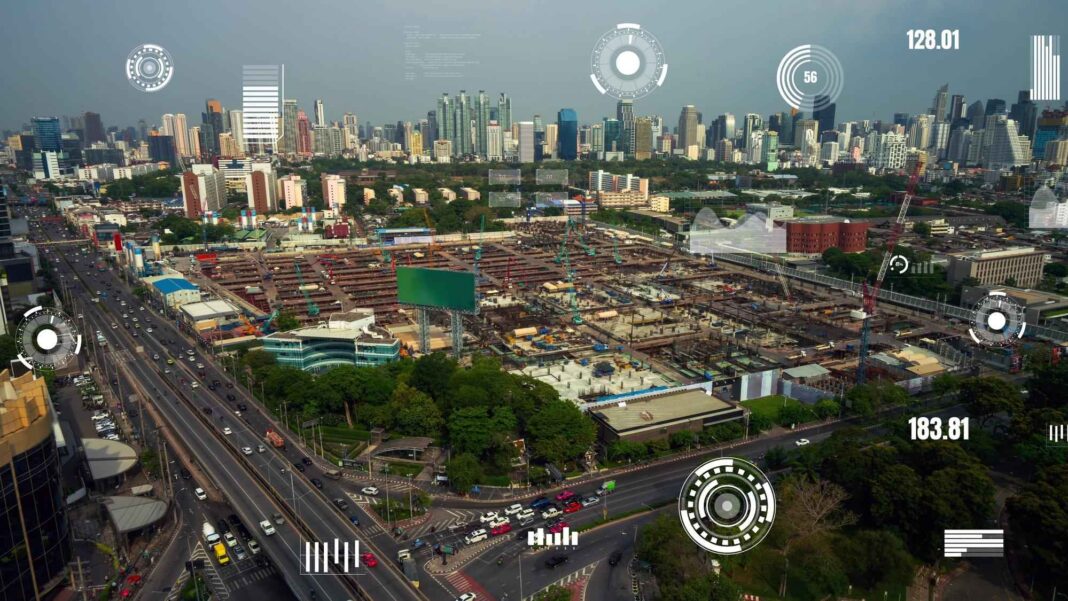Intelligent public safety systems play a crucial role in smart cities by enhancing emergency response capabilities and improving overall public safety. Here are key aspects of intelligent public safety systems in smart cities:
Real-time Monitoring and Surveillance: Smart cities deploy a network of surveillance cameras, sensors, and IoT devices to monitor public spaces and critical infrastructure in real-time. These systems enable authorities to detect and respond to incidents promptly, such as accidents, crimes, or natural disasters. Real-time monitoring enhances situational awareness and enables a faster and more effective emergency response.
Predictive Analytics for Crime Prevention: By analyzing historical crime data, social media feeds, and other relevant information, intelligent public safety systems can employ predictive analytics to identify crime hotspots and anticipate potential incidents. Predictive models can help allocate resources strategically, patrol high-risk areas, and implement proactive measures to prevent crime and improve public safety.
Emergency Management and Response: Intelligent public safety systems enable efficient emergency management and response by integrating data from various sources, such as emergency calls, sensor data, and social media updates. These systems provide real-time information to emergency responders, facilitate coordination among agencies, and support decision-making during critical situations. Integration with GPS and traffic data enables faster routing of emergency services to the incident location.
Crowd Management and Public Event Safety: Smart cities employ intelligent systems to monitor crowd density, flow, and behavior during public events, festivals, or gatherings. By analyzing data from cameras and sensors, these systems can detect overcrowding, identify potential safety risks, and manage crowd movements to ensure public safety. Timely interventions can prevent stampedes, address crowd control issues, and enhance the overall safety of public spaces.
Environmental Monitoring and Early Warning Systems: Intelligent public safety systems integrate environmental sensors and weather data to monitor environmental conditions and detect potential hazards. This includes monitoring air quality, detecting chemical spills, or tracking natural phenomena such as floods or wildfires. Early warning systems can alert authorities and citizens in real-time, enabling timely evacuation, mitigation measures, and reducing the impact of environmental disasters.
Intelligent Traffic Management for Emergency Services: Smart cities leverage intelligent traffic management systems to prioritize the movement of emergency vehicles during emergencies. These systems can dynamically adjust traffic signal timings, create green corridors, and provide real-time route optimization to expedite the response of emergency services. Improved traffic flow ensures faster arrival times, enhances emergency medical services, and improves overall emergency response efficiency.
Public Safety Mobile Applications: Smart cities develop mobile applications that enable citizens to report incidents, access emergency services, and receive real-time alerts. These applications facilitate two-way communication between citizens and public safety agencies, enabling faster reporting and response to emergencies. Citizens can also use these apps to access safety tips, report suspicious activities, or request assistance during critical situations.
Integration of IoT and Wearable Devices: Intelligent public safety systems integrate with IoT devices and wearable technologies, such as body cameras, panic buttons, or smartwatches. These devices provide real-time data and situational awareness to emergency responders, enhancing their effectiveness in handling incidents. Wearable devices also enable immediate communication and tracking of personnel, ensuring their safety during critical operations.
Intelligent public safety systems in smart cities leverage technology, data analytics, and real-time monitoring to enhance emergency response capabilities, improve crime prevention, and create safer urban environments. By integrating various data sources and leveraging predictive analytics, smart cities can proactively address safety challenges, protect citizens, and enhance the overall quality of life.








